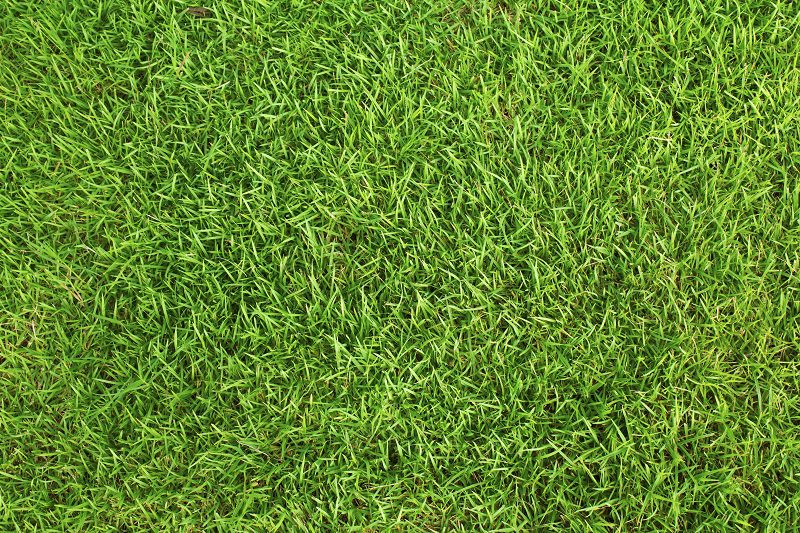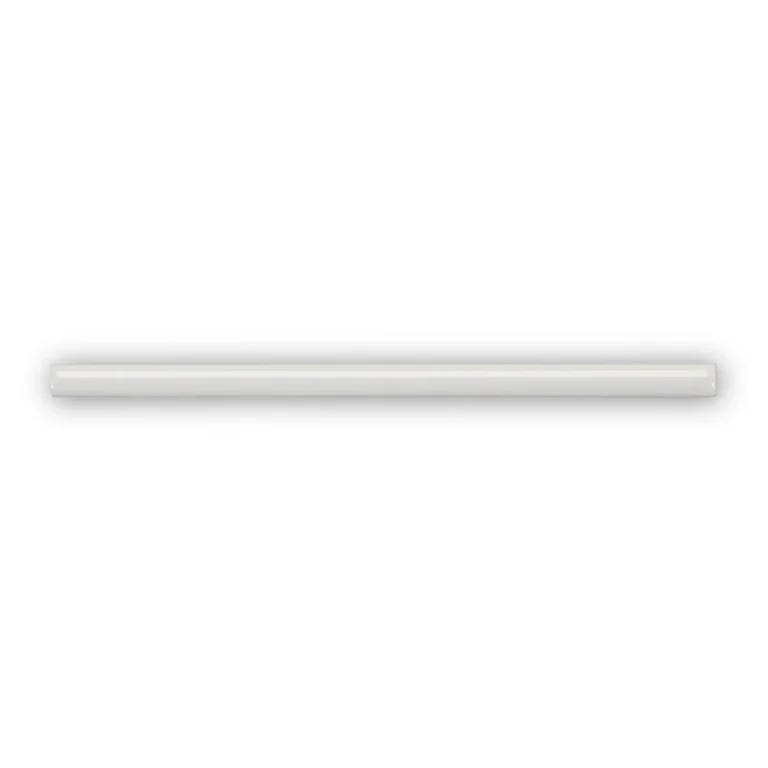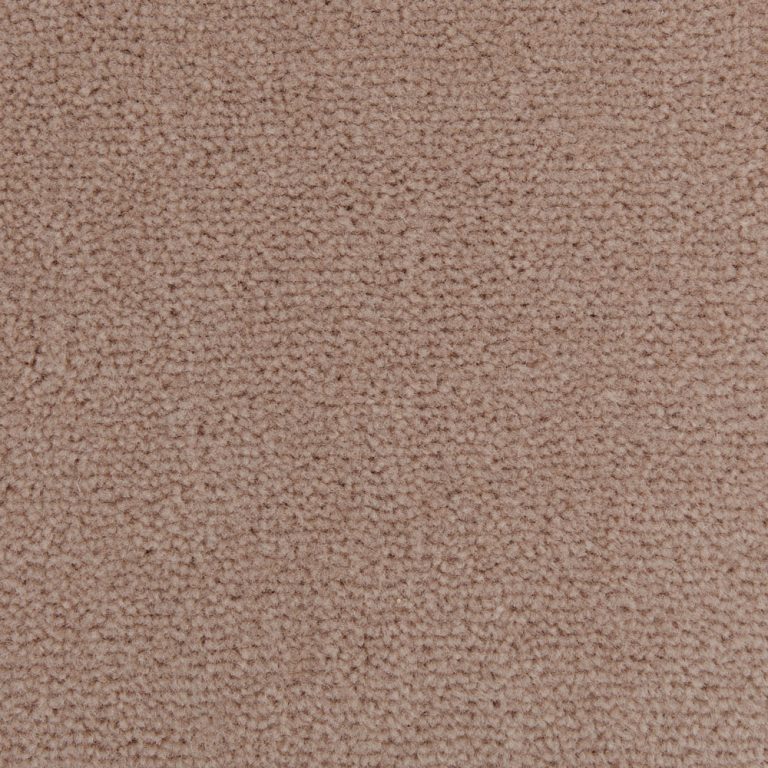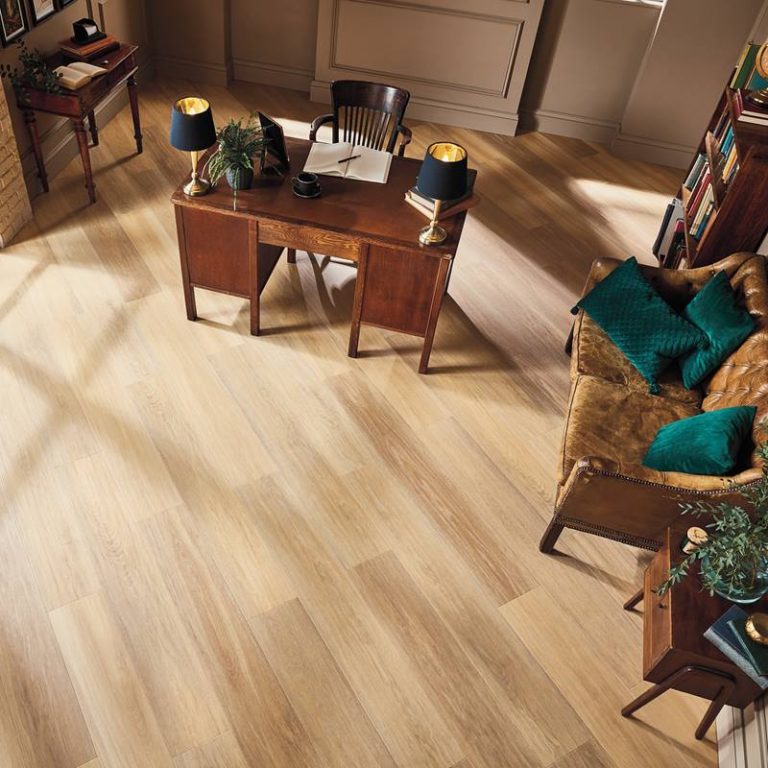If you’re looking to transform your outdoor space with minimal maintenance, installing artificial grass on dirt could be the perfect solution for you. In this comprehensive guide, we will walk you through the materials you need for installation and provide a step-by-step tutorial on how to install artificial grass on dirt.
From preparing the area to securing the edges and infilling the grass, we’ve got you covered. Discover how you can enjoy a lush, green lawn without the hassle of traditional grass maintenance.
Why Choose Artificial Grass Over Natural Grass?
Can artificial grass be installed over dirt? Yes, installing artificial grass on soil offers a low-maintenance solution for achieving a lush green lawn without the hassle of traditional grass care.
One of the key benefits of opting for artificial grass over natural grass is its exceptional durability. Unlike real grass, artificial turf is resilient to heavy foot traffic, and extreme weather conditions, and doesn’t require mowing or watering, making it ideal for busy households or commercial spaces.
Artificial grass contributes significantly to water conservation efforts as it eliminates the need for constant watering, reducing overall water consumption and helping to combat drought conditions in arid regions.
The aesthetic appeal of artificial grass is another compelling reason why many homeowners and businesses are making the switch. With advancements in technology, artificial grass looks more realistic than ever, providing a consistently beautiful green lawn throughout the year.
Transforming outdoor spaces with artificial grass can revitalise a dull yard or courtyard into a vibrant, lush landscape. It offers a versatile solution for creating functional and visually appealing areas for gatherings, play, or relaxation, without the upkeep demands of natural grass.
From a financial standpoint, investing in artificial grass proves to be a cost-effective landscaping alternative in the long run. The initial outlay may be higher, but the savings on maintenance, water bills, and the extended lifespan of artificial turf make it a wise investment over time.
Materials Needed for Installation
Several key materials are essential for installing artificial grass on dirt, including weed barrier fabric, crushed stone base, artificial turf adhesive, seaming tape, and more.
a. Artificial Grass
Artificial grass, also known as synthetic turf, serves as the primary component that creates the lush, green appearance of a natural lawn without the need for constant maintenance.
Regarding choosing artificial grass, one of the key factors to consider is the pile height. Pile height refers to the length of the blades of grass, and it can vary from short, dense options to taller, more luxurious ones. The material composition of artificial grass plays a crucial role in its durability and aesthetics. Whether made from nylon, polyethylene, or polypropylene, each material offers distinct qualities in terms of look and feel.
See product: Summer Days Summer Rays
b. Weed Barrier Fabric
Weed barrier fabric, also known as weed membrane, acts as a protective layer that prevents weeds from penetrating through the artificial grass surface, ensuring a weed-free and low-maintenance lawn.
By creating a barrier that blocks the growth of unwanted plants, the fabric significantly reduces the need for manual weeding, allowing the artificial grass to flourish without interference. This not only enhances the aesthetic appeal of the lawn but also saves time and effort for homeowners.
The weed barrier fabric helps maintain a tidy and uniform appearance by preventing weed breakthroughs, which can otherwise disrupt the uniformity of the grass surface. Integrating this essential layer into the installation process is a wise investment in the durability and cleanliness of the artificial grass, providing a hassle-free lawn care experience for years to come.
c. Crushed Stone Base
The crushed stone base, composed of aggregate materials, serves as a stable foundation for the artificial grass, providing proper drainage and ensuring an even surface for installation.
Proper compaction and levelling of the crushed stone base are essential to create a solid and uniform support system for the artificial grass structure. The compacted base helps in distributing weight evenly, preventing dips or bumps in the surface over time.
Ensuring that the base is level and compacted correctly, not only promotes the longevity of the synthetic grass but also enhances its performance by reducing the risk of uneven areas or shifts in the ground beneath.
d. Artificial Turf Adhesive
Artificial turf adhesive, designed for synthetic grass applications, is essential for securely bonding the seams and edges of the artificial grass, ensuring a seamless and professional installation.
Using a high-quality artificial turf adhesive plays a crucial role in the longevity and durability of the artificial grass surface. Proper application of the adhesive is key to preventing any shifting or separation of the turf sections over time. It not only enhances the overall aesthetic appeal of the installation but also ensures a safer and more functional surface for various activities.
One of the best practices for achieving a strong bond between artificial grass sections is to carefully clean and prepare the surfaces before applying the adhesive. This involves removing any debris, dirt, or moisture that could hinder the adhesive’s effectiveness.
e. Seaming Tape
Seaming tape, also known as jointing tape, is used in conjunction with artificial turf adhesive to create strong and reliable seams between individual pieces of artificial grass, ensuring a seamless and uniform appearance.
The role of seaming tape is crucial in maintaining the structural integrity of an artificial grass installation. By securely bonding adjacent turf sections, the tape helps prevent shifting and separation, especially in high-traffic areas.
To properly apply seaming tape, start by unrolling it along the seam area, ensuring it is centred between the edges of the two turf pieces. Once in position, use a turf adhesive specifically designed for artificial grass to secure the tape in place.
f. Nails or Staples
Nails or staples are used to secure the edges of the artificial grass to the underlying base, providing stability and preventing shifting or movement, especially in high-traffic areas or windy conditions.
Regarding the correct spacing for nail or staple installation, it is crucial to place them approximately every 6-8 inches along the perimeter. This spacing ensures even distribution of tension and securely anchors the artificial grass in place. The installation method includes driving the nails or staples at a slight angle towards the centre of the artificial grass. This technique helps to create a tighter grip and minimises the risk of uplift during extreme weather conditions.
g. Infill Material
Infill material, such as kiln-dried sand, is applied to the artificial grass surface to enhance stability, support the fibres, and provide a natural look and feel to the lawn.
Choosing the right infill material plays a crucial role in the overall performance of artificial grass installations. Not only does infill help maintain the structural integrity of the turf, but it also aids in proper drainage and contributes to superior cushioning underfoot.
Various infill options are available, including rubber granules, silica sand, and organic infills like cork and coconut husks, each offering unique benefits depending on the specific needs of the installation.
How to Install Artificial Grass on Dirt
Follow these comprehensive steps on how to install artificial grass on dirt, start with preparing the area, transforming your outdoor space into a beautiful and low-maintenance landscape.
1. Prepare the Area
Before installing artificial grass, prepare the area by clearing and levelling the dirt surface to create a smooth and stable foundation for the synthetic turf installation.
- To begin, start by clearing the area of any debris or existing vegetation. Use a rake or a leaf blower to remove leaves, rocks, and other obstacles that could affect the evenness of the ground.
- Next, make sure to mow the existing grass as low as possible to allow for a seamless transition to the artificial turf.
- Once the area is cleared, grab a sturdy shovel and start levelling the dirt. Begin by spreading the dirt evenly across the area, filling in any holes or uneven patches. Use a level to ensure the surface is flat, and a declination gauge to achieve the desired slope for proper drainage.
2. Lay Down the Weed Barrier Fabric
The next step on how to put artificial grass on dirt, lay down the weed barrier fabric over the prepared dirt surface to prevent weed growth and ensure a tidy and durable artificial grass installation.
Applying a weed killer before laying the fabric can further enhance its effectiveness in creating a weed-free environment. Make sure to secure the fabric in place with landscape staples or heavy-duty pins to prevent shifting.
When overlapping seams, ensure a minimum overlap of 6 inches to provide maximum coverage and prevent any potential weed breakthrough. Properly secured and overlapped fabric not only inhibits weed growth but also helps maintain the integrity of the artificial grass surface over time.
3. Create a Crushed Stone Base
Use a wacker plate to compact the aggregate and create a solid crushed stone base that provides excellent drainage and structural support for the artificial grass system.
After spreading the aggregate evenly over the designated area, the wacker plate is used to firmly press down on the material. This mechanical compaction process ensures that the aggregate particles are tightly packed together, reducing voids and creating a stable foundation.
The wacker plate’s vibrating action helps to settle the aggregate, preventing future shifting or unevenness under the artificial grass. By systematically moving the plate across the surface, the compaction is consistently applied, resulting in a level base ideal for synthetic turf installation.
4. Cut and lay the artificial grass
Cut and lay the artificial grass over the prepared base, ensuring proper alignment and minimal trimming to achieve a seamless and natural-looking lawn surface.
To trim the artificial grass accurately, use a sharp knife and cut along the edges of the area. Make sure to carefully measure before cutting to avoid unnecessary waste.
Once the grass is cut, position it in place with precision, ensuring that it fits snugly against any borders or obstacles. This attention to detail will result in a professional installation that enhances the overall appearance of your outdoor space.
5. Seam the Pieces Together
Seam the individual pieces of artificial grass together using seaming tape and adhesive to create a coherent and uniform surface without visible seams or gaps.
For a flawless finish, ensure that the edges of the artificial grass sections are clean and well-trimmed before joining them. Apply the seaming tape underneath the edges of the grass sections, making sure it is perfectly aligned.
When applying the adhesive, use a steady hand and work in small sections to prevent it from drying out too quickly. Once the adhesive is evenly spread, firmly press the sections together, creating a tight bond. Checking the alignment periodically during the process will help maintain a straight seam.
6. Secure the Edges and Infill the Grass
Secure the edges of the artificial grass using edging materials and infill the grass with kiln-dried sand to enhance the stability, aesthetics, and longevity of the synthetic turf installation.
Edging plays a crucial role in maintaining the perimeter integrity of artificial grass by preventing any shifting or movement. It not only adds a clean and finished look to the installation but also helps in containing the infill material within the designated area.
Kiln-dried sand serves as an essential component in the infilling process by providing stability and resilience to the turf. This sand helps to keep the blades of the grass upright while enhancing its overall durability and natural appearance.
Maintenance and Care for Artificial Grass
Proper maintenance and care practices are crucial for ensuring the longevity and optimal appearance of artificial grass installed on soil, preserving its beauty and functionality over time.
Regular brushing of the artificial grass helps prevent the accumulation of debris, leaves, and other organic matter, maintaining its lush green appearance. Periodic removal of any accumulated debris and dirt can prevent issues such as mould growth and drainage problems.
- When facing issues like flattening, using a stiff bristle brush to fluff up the fibres can help restore the grass’s natural appearance.
- Stains can be dealt with by promptly cleaning them with a gentle soap solution and water, followed by thorough rinsing.
- To deal with pet waste, regularly removing solid waste and hosing down the affected area can prevent odours and discolouration.
That’s a complete explanation of how to install artificial grass on dirt that you might have to know. If you are interested in bringing artificial grass to your home, you can directly contact TEKA Flooring to get the best quality of artificial grass.
Don’t worry, there are many types of artificial grass from TEKA Flooring that you can choose from according to your preferences or needs. Learn more on our blog and don’t hesitate to book an appointment with our expert.
Read Also:

































